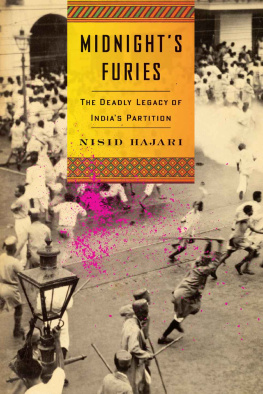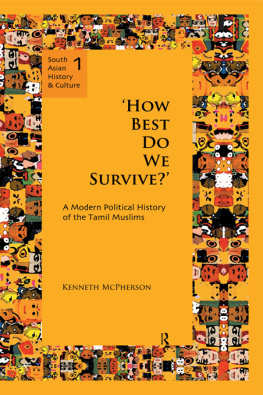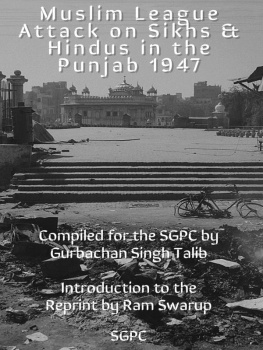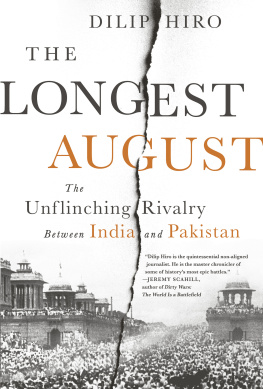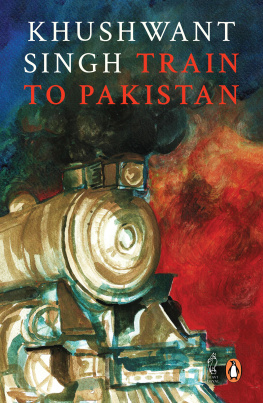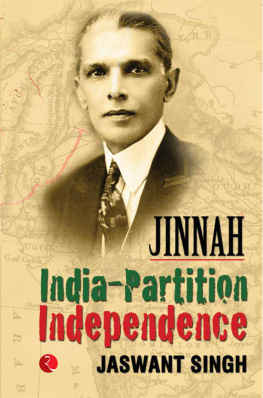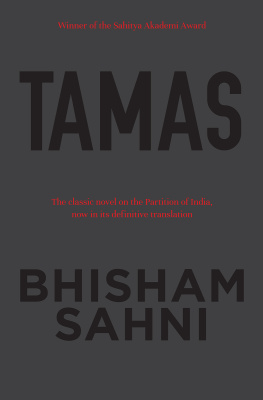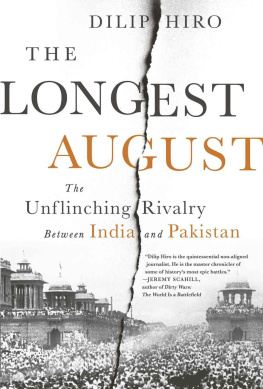Nisid Hajari - Midnights Furies: The Deadly Legacy of Indias Partition
Here you can read online Nisid Hajari - Midnights Furies: The Deadly Legacy of Indias Partition full text of the book (entire story) in english for free. Download pdf and epub, get meaning, cover and reviews about this ebook. year: 2015, publisher: Houghton Mifflin Harcourt, genre: History. Description of the work, (preface) as well as reviews are available. Best literature library LitArk.com created for fans of good reading and offers a wide selection of genres:
Romance novel
Science fiction
Adventure
Detective
Science
History
Home and family
Prose
Art
Politics
Computer
Non-fiction
Religion
Business
Children
Humor
Choose a favorite category and find really read worthwhile books. Enjoy immersion in the world of imagination, feel the emotions of the characters or learn something new for yourself, make an fascinating discovery.
- Book:Midnights Furies: The Deadly Legacy of Indias Partition
- Author:
- Publisher:Houghton Mifflin Harcourt
- Genre:
- Year:2015
- Rating:5 / 5
- Favourites:Add to favourites
- Your mark:
Midnights Furies: The Deadly Legacy of Indias Partition: summary, description and annotation
We offer to read an annotation, description, summary or preface (depends on what the author of the book "Midnights Furies: The Deadly Legacy of Indias Partition" wrote himself). If you haven't found the necessary information about the book — write in the comments, we will try to find it.
Nobody expected the liberation of India and birth of Pakistan to be so bloody it was supposed to be an answer to the dreams of Muslims and Hindus who had been ruled by the British for centuries. Jawaharlal Nehru, Gandhis protg and the political leader of India, believed Indians were an inherently nonviolent, peaceful people. Pakistans founder, Mohammad Ali Jinnah, was a secular lawyer, not a firebrand. But in August 1946, exactly a year before Independence, Calcutta erupted in street-gang fighting. A cycle of riots targeting Hindus, then Muslims, then Sikhs spiraled out of control. As the summer of 1947 approached, all three groups were heavily armed and on edge, and the British rushed to leave. Hell let loose. Trains carried Muslims west and Hindus east to their slaughter. Some of the most brutal and widespread ethnic cleansing in modern history erupted on both sides of the new border, searing a divide between India and Pakistan that remains a root cause of many evils. From jihadi terrorism to nuclear proliferation, the searing tale told in Midnights Furies explains all too many of the headlines we read today.Do not forget to visit:http://pakteahouse.net/2015/07/03/nisid-hajari-on-jinnah/http://www.thehindu.com/books/literary-review/nisid-hajaris-midnights-furies-on-indian-partition/article7590797.ece@TheRealYLH#Jinnahs Pakistan #Secular #Democratic #Progressive. #SipaheJinnah #InternetFreedom #stoppersecutingAhmadis #Repeal2ndAmendmentyasserhamdani.com
Nisid Hajari: author's other books
Who wrote Midnights Furies: The Deadly Legacy of Indias Partition? Find out the surname, the name of the author of the book and a list of all author's works by series.

